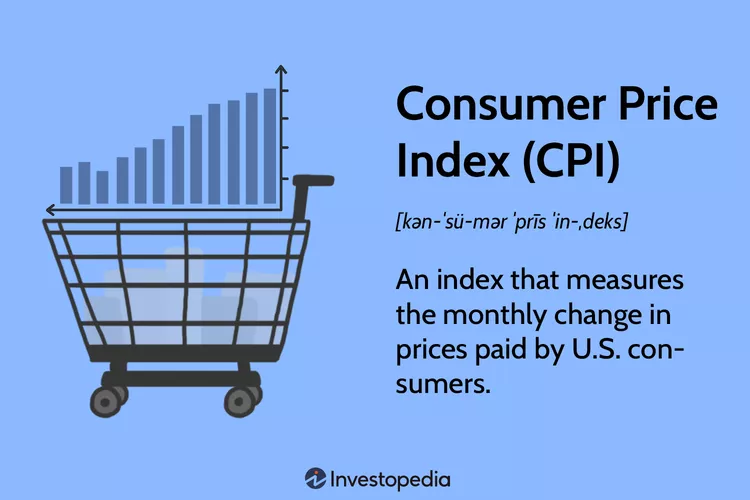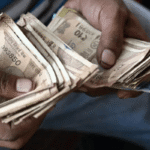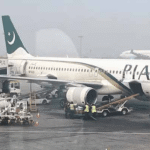According to the Office for National Statistics, August’s inflation rate was 2.2%, unchanged from the previous month.
The statement is made the day before the Bank of England’s interest rate-setting committee decides how much borrowing will cost, which is determined by interest rates.
Only a 26% possibility of an interest rate drop is anticipated by the markets.
However, a different inflation indicator unexpectedly increased. Core inflation reached 3.6%, which was higher than predicted by economists.
Bank officials keep a close eye on core inflation since it provides a reading on price increases without accounting for volatile commodities like food and energy.
Inflation in services also increased, going from 5.2% in July to 5.6% in August. The hotel and cultural industries are included in this measurement.
According to the ONS, the primary factor driving up inflation was travel costs to European locations, which saw a significant increase in the months after declining a year earlier.
Reduced expenses for dining out and lodging, as well as a less expensive gas or diesel fill-up, served as a counterbalance to the air far hike. Additionally, somewhat less expensive store-bought alcohol was also a factor.
Reduced oil prices also resulted in lower raw material costs, which decreased the cost of items leaving factories.







